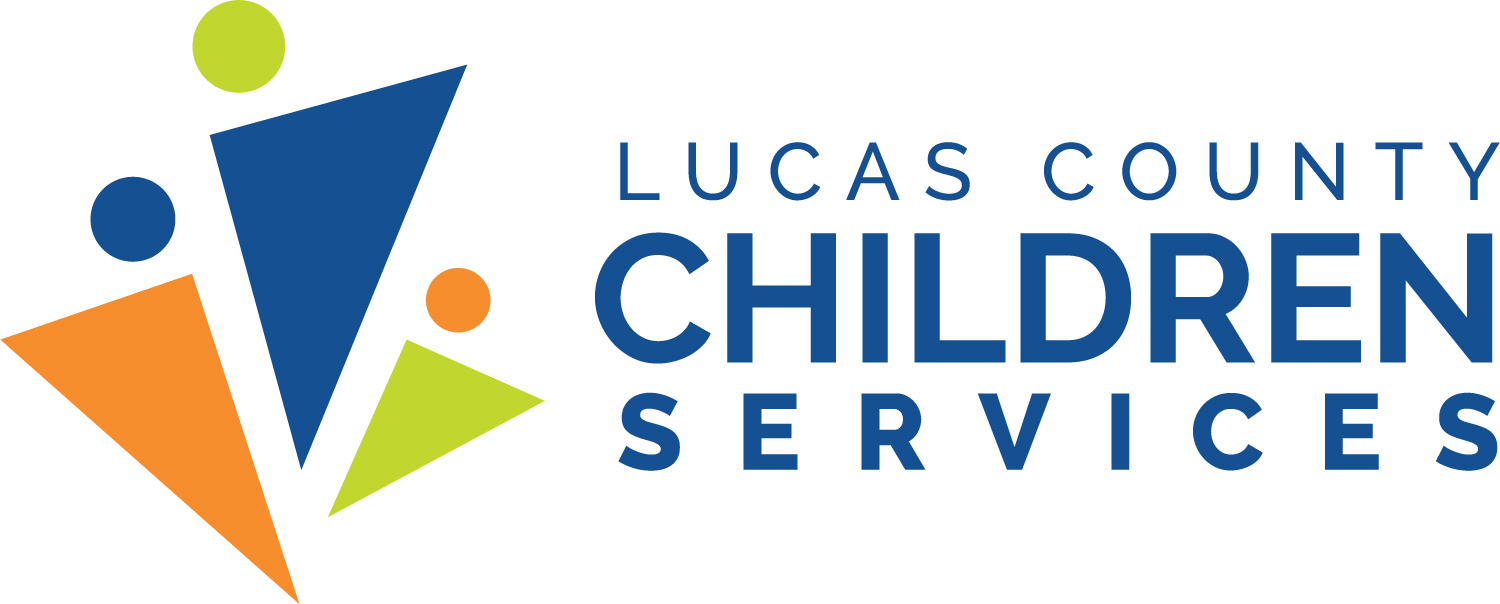Sex Abuse Myths
MYTH: To protect your children from sexual abuse, you should teach them to beware of the “dirty old man” and stranger in the park.
FACT: A good idea. Certainly all children should be taught the dangers of the unknown. In most instances of sexual abuse, however, the abuser is someone the child knows and trusts. The abuser may be a member of the family, a relative, a babysitter, a neighbor. In only 20% of the incidents of sexual assault is the abuser a stranger to the child, and in only 10% is the abuser over 50 years of age.
MYTH: Sexual abuse of children usually occurs between adult men who exploit young girls, and adult women who exploit young boys.
FACT: The majority of cases that are referred to child protection agencies involve adult men and underage girls. When boys are abused or exploited, they usually are the victims of adult males. This is not to say that other types of abuse do not occur, merely that they are not reported at the same rate. Among the reported victims of incest, girls outnumber boys seven to one. Some researchers hold the opinion that sibling incest is by far the most widespread form of incest. The comparatively lower rate of reported mother-son incest may be the result of the lower incidence of accompanying physical injury, a societal perception of its being less harmful, or a general disbelief in its existence.
MYTH: The child sexual abuser relies on physical violence.
FACT: The child sexual abuser rarely uses physical violence and usually will avoid its use, as injury may lead to discovery. The sexual abuser is more likely to use his power and authority as an adult (or older child) to coerce the child victim through bribes, threats, and the child’s fear of the unknown. Children are taught to obey without question or resistance. The abuser’s most powerful weapons are authority and secrecy.
MYTH: You usually can spot a child sexual abuser.
FACT: Unless you are clinically trained and given the opportunity for diagnostic assessment, it is unlikely that you could identify a child sexual abuser. He usually does not suffer from pathological mental illness. He is likely to engage in ordinary work or social activities, and he appears normal. It is difficult to “avoid” a child sexual abuser. Even the most cautious and vigilant of parents cannot, nor would they want to, keep a 24-hour watch on their child. Besides, the adult who is prone to sexually abuse children often chooses work or activities that bring him into contact with children. The best line of defense against sexual abuse is education. The second is communication. Parents are primary teachers of children and are responsible for showing them how to survive and how to cope with life. The first thing parents can do to protect their children is to teach them to protect themselves, to communicate their fears, and to talk about their daily activities.
MYTH: The sexual abuser can be the victim of the seductive or sexually promiscuous child.
FACT: The child is always the victim. A seductive or promiscuous child often is the result, but never the cause, of sexual abuse. One characteristic common to sexual abusers is a capacity for rationalizing their actions, mentally justifying an illegal, unacceptable, and inappropriate behavior as necessary and all right. Perpetrating the myth of the seductive or sexually promiscuous child is one way of doing this. Through this type of reasoning, the abuser shifts the blame for his actions onto someone else. In the same manner, incestuous parents often justify their own sexual behavior as a way of teaching the child or keeping him off the street. These justifications ignore the abuser’s responsibility as an adult, the child’s vulnerability and dependency on the adult, and the long-term harm to the child.
MYTH: Sexual contact with children is the only kind of sexual gratification abusers find satisfying.
FACT: There are varying theories on the reasons why adults sexually molest children. These differences probably reflect the wide spectrum of personality types involved, the complexity of the problem, and the difference in types of sexual abuse which occur, from the sadistic “stranger” rape to the long-term incestuous relationship. One theory sees child sexual abuse not as a sexual offense committed for sexual gratification, but as an act of power. The child sexual abuser is characterized, for any number of reasons, by an inability to hold his own in an adult-to-adult relationship. To gain control, he seeks personal fulfillment through a child. The abuser believes it is his right to use the bodies of children and that his needs come first, over the needs of those who are weak and vulnerable. Some clinicians disagree with this approach and feel it important to acknowledge the sexuality of child sexual abuse. They believe to ignore the sexual aspect in treatment and prevention is to avoid the central issue. Sexual abuse of children, regardless of the form it takes, is a sexual act that results in sexual gratification for the perpetrator. There is a recognized clinical condition, pedophilia, which describes a persistent and long-term sexual interest in children. Pedophiles differ in typology and primary sexual orientation. The pedophile may confine his sexual contact to children or have co-existing sexual relationships with adults of his same age group.
